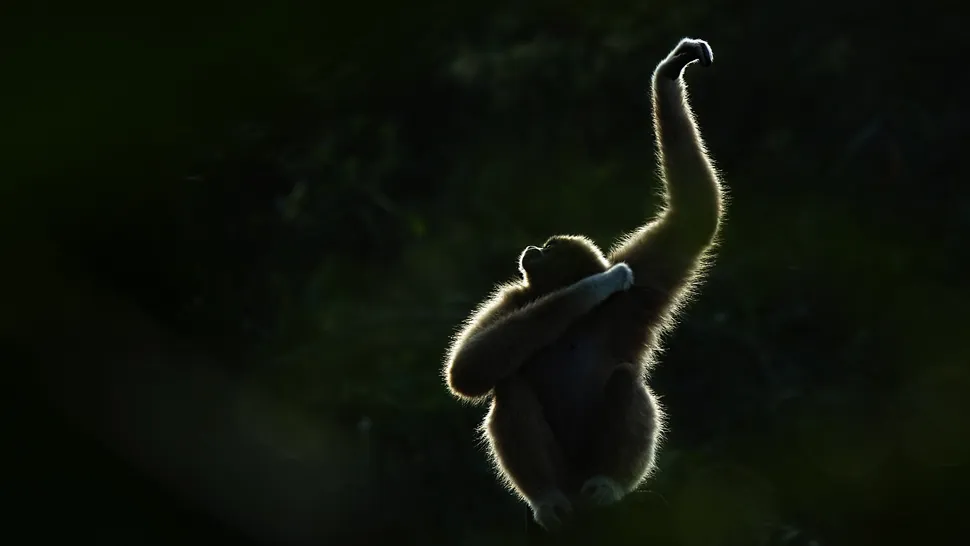Female gibbons perform a distinctive, rhythmic dance that researchers believe may be driven by frustration or as a way to capture attention. These apes even check to see if they have an audience by glancing over their shoulders mid-movement.
In a recent study, scientists observed four gibbon species in captivity and reviewed other research on both captive and wild gibbons to better understand these dance-like behaviors. They discovered that the apes danced in various situations and published their findings on BioRxiv on August 29.
Dance-like behaviors are not uncommon in the animal world, appearing in species like birds and bees. However, as study co-author Pritty Patel-Grosz, a linguistics professor at the University of Oslo, pointed out, “for non-human primates, evidence of dance is still quite limited, which is why the gibbons’ behavior is so fascinating.” Patel-Grosz also noted that it’s rare for females, not males, to be the dancers in the animal kingdom.
Unlike great apes like bonobos, chimpanzees, gorillas, and orangutans—our closest non-human relatives—who have shown little to no dance-like behaviors, lesser apes like crested gibbons display movements resembling dance. Patel-Grosz mentioned that what some call a “robot dance” looks more like “vogueing” to the research team.
To categorize the movements as dance, researchers focused on three key elements: intentionality, rhythm, and structured non-random movements. The gibbons’ actions were clearly purposeful, as they often checked for observers while dancing. Their movements were rhythmic, keeping time between steps as if they were following a beat, and their sequences were structured, grouping movements together in patterns. Patel-Grosz explained, “If I move six steps in one direction and six in another, we can recognize these as grouped sequences.”
The motivation behind gibbon dancing remains unclear. In the wild, it is typically linked to mating behaviors, while in captivity, female gibbons also dance in social interactions, to request grooming, or even to prompt feeding when humans are present. Some dances seem to stem from frustration, especially when excitement is involved.
While gibbon dance shares traits with human dancing, researchers are uncertain if there’s any evolutionary connection between the two. Gibbons, after all, diverged from the human lineage over 20 million years ago, and our closer relatives, the great apes, don’t exhibit similar behaviors. The team is now investigating why dancing has evolved in some primates but not others, such as in our great ape relatives.
